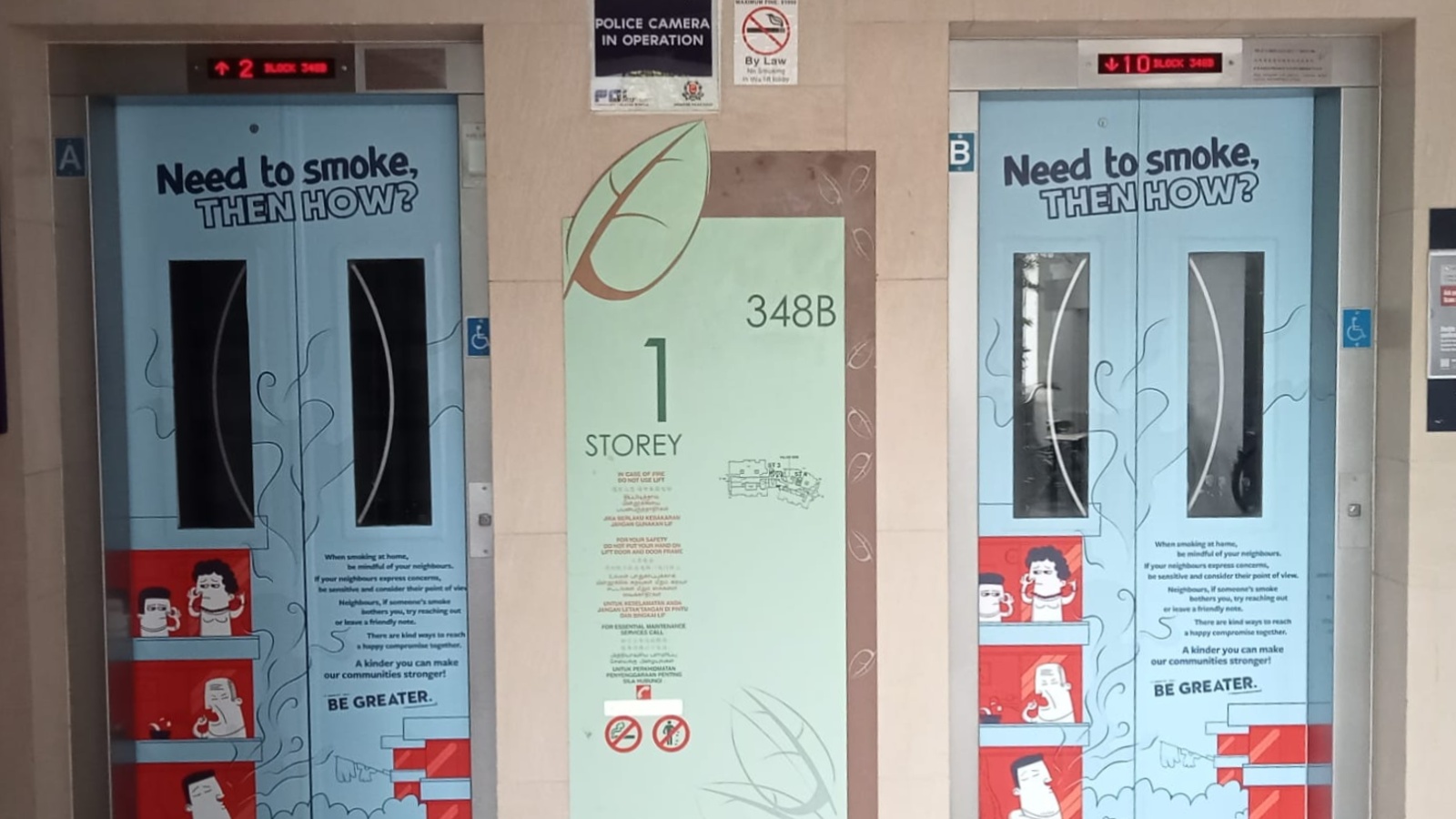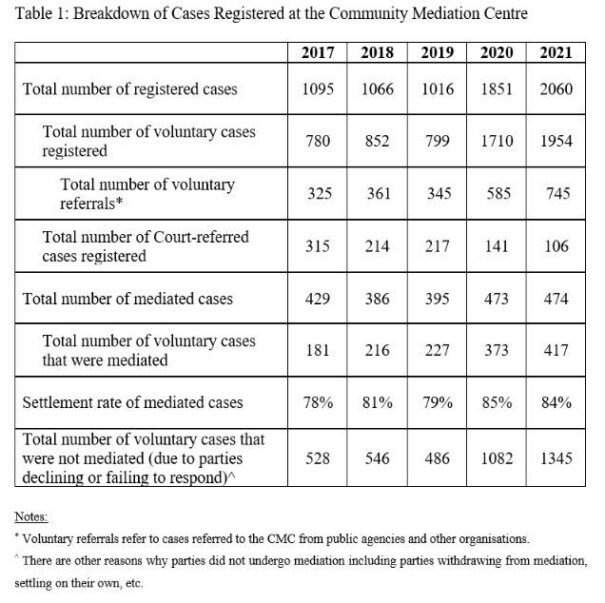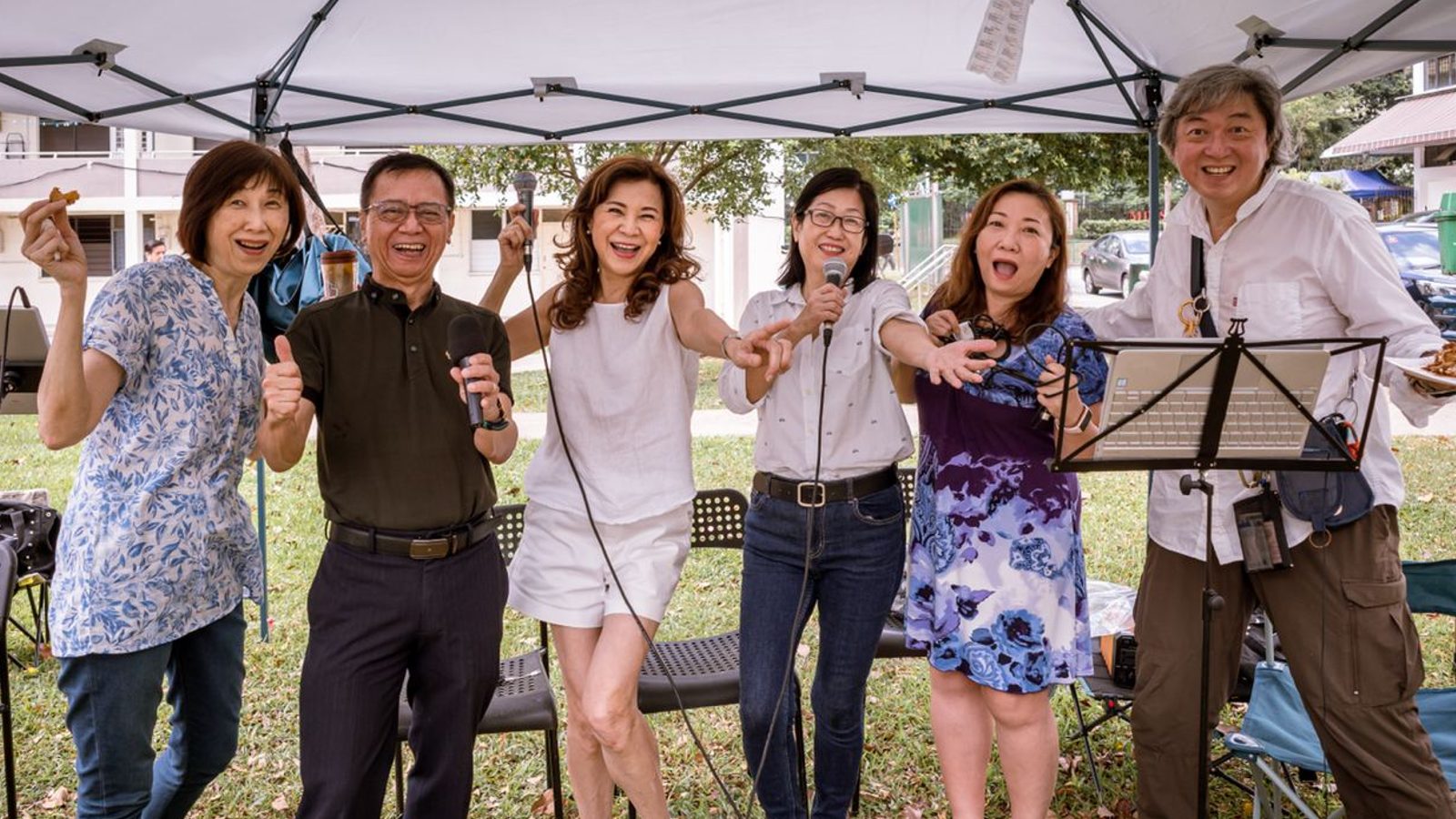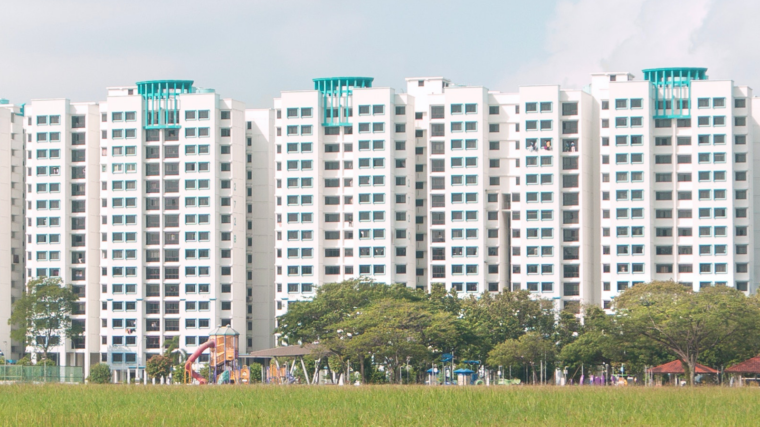|
Audio Version Available
|
Soon, Singapore authorities may have more teeth in managing neighbour disputes.
As part of proposed changes to the Community Dispute Management Framework, public officials will be able to investigate and conduct enforcement actions, including entering a home to stop an ongoing nuisance or seize its cause – even without the consent of the legal owner or occupier.
I’m not entirely sure how I feel about that. Is our kampung spirit so broken that we need to appeal to the authorities to manage situations best handled in a more collegial setting? What happened to talking it out between neighbours?
The parliamentary debates in February shone a light on the challenges of managing community disputes – particularly over noise issues – in a post-pandemic environment.
On Feb 23, MP Derrick Goh (PAP-Nee Soon) remarked, “Many continue to work and learn from home, which inadvertently results in more friction in our high-density heartlands, particularly regarding noise. I … want to again highlight the need for a better framework to manage and resolve community disputes.”
He referred to a recent engagement we had in my capacity as chairman of the Community Advisory Panel (CAP) on Neighbourhood Noise where we advocated, among other things, to make attending mediation mandatory and to strengthen the enforcement of agreements between quarrelling neighbours.
Current framework ineffective

Feedback from the CAP was that the current framework is cumbersome and ineffective.
Complaints about noisy neighbours soared during COVID-19, when many worked and studied from home. In 2022, the HDB received about 27,600 complaints – about 2,300 on average per month – on noise from residents’ activities. The figure is more than five times the 4,800 cases HDB received for the whole of 2019.
When the pandemic hit, the monthly average of complaints received in 2020 and 2021 was 2,500 and 3,200 respectively, said the Municipal Services Office (MSO).
I have argued for legal levers for the Government to effectively manage egregious cases, perhaps empowering this agency with “legislation to respond and enforce against unacceptable behaviour”.
Since then, CAP recommendations including a quantitative noise threshold to help assess cases of neighbourhood disturbances, and extended quiet hours, have been highlighted in Parliament.
Challenge of community mediation

When we talk about neighbour disputes, we aren’t referring to situations in which the offender is unaware of his transgressions.
Sometimes, it is a matter of a lack of awareness. Once, I texted a neighbour to gently remind her that her karaoke session was getting a little loud late into the night. That was sufficient for her to stop with a “Sorry! I didn’t realise it was so late!”
I was able to do that because we practise neighbourliness. We chat and exchange pleasantries as friends and acquaintances.
However, usually when cases reach the mediation stage, it is often a situation where neighbourliness has already withered (or never blossomed in the first place) and the parties are not prepared to talk it out.
In such situations, it is common that the complainant resorts immediately to reporting the matter to the police or such similar authority without first reaching out to the respondent. Other times, the complainant does reach out to the respondent, only to be ignored or stonewalled.
Other stories you might like




There is an issue with mediation in its current form: Mediation cannot move forward if one or both parties are not interested in addressing the situation.
At the moment, mediation cases are voluntary; there is no law to compel it. Yet mediation requires both sides come together to work out a solution.
Of the 6,095 voluntary mediation cases registered with Community Mediation Centre (CMC) in the past five years, 77 per cent did not proceed to mediation. Reasons include, among others, either party ignoring or declining CMC’s invitation to mediate.
Yet, when these cases get mediated, the success rate goes up: Up to 80 per cent of cases that proceed to mediation reach a settlement after parties hear each other out.

Said Law Minister K Shanmugam in a written reply to Parliament last August: “(The) low take-up rate for community mediation … is due to several factors, including the fact that community mediation is voluntary, and parties are not obliged to proceed to mediation, particularly if they are the ones whose conduct is in question.”
Think about it: In a dispute, it is often in the respondent’s interest not to participate in the solution because chances are, he would have to be the one to alter his behaviour. There is little to no incentive for him to attend the mediation.
If there are few incentives to bring parties to the negotiation table, then we need to turn to disincentives to compel them to come.
Which is why I am glad that Second Minister for Law Edwin Tong recently announced that in some cases, such as those involving noise, disputing neighbours would be required to go for mandatory mediation, with penalties if they fail to show up.
This might mean that the success rate for mediation may go down, since parties are compelled to show up against their will. But this is a necessary step if we want to move forward as a country towards a more socially equitable society.
There is an additional consideration: What happens after parties are forced to mediate? What disincentives are there for those who refuse to attend mediation or renege on the settlement or even act in bad faith?
Empathy is key

But we shouldn’t depend only on disincentives to bring people to the mediation table. Empathy is key too.
Take for example Senior Minister of State for National Development Sim Ann’s proposal for an experiential space at MSO, to help all parties get a first-hand feel of how noise is generated within a domestic environment. It is a leaf taken from a successful South Korean research facility where there was a dedicated space for visitors to understand various kinds of inter-floor noises.
In most situations, the noise complainant can only describe its effect, and often only after the fact. The experiential space can help educate all parties involved, by simulating a noise situation where disputants can hear for themselves what the complainant goes through.
Empathy is often the basis of successful relationships. When we first met, CAP members agreed to focus on the need for neighbours to break down barriers to communication.
Other stories you might like




When neighbours are friendly, thoughtfulness, consideration and empathy drive better relationships, resulting in better communication.
Personally, I am thankful that we are making positive noise about being quiet. But ultimately, neighbourliness begins with us. We don’t want to reach a situation where conflict is only resolved through a knock on the door or a letter via the authorities.
This article was first published in CNA.
